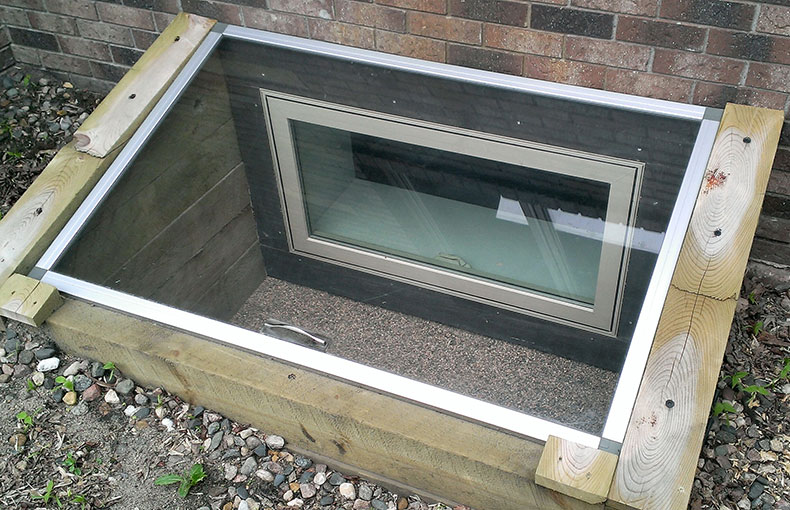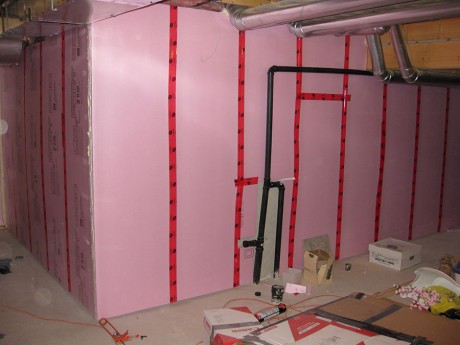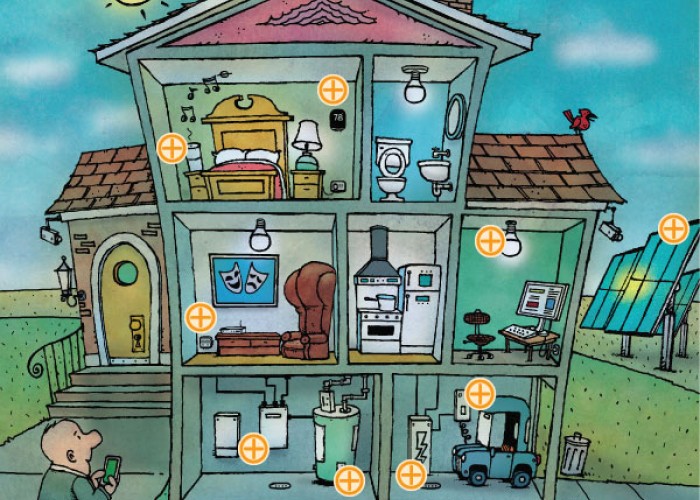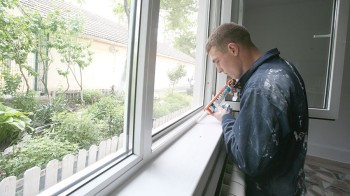Make Your Basement More Energy Efficient
Tips for upgrading your downstairs space
By Pat Keegan and Brad ThiessenBasements are a key, though often overlooked, area when you’re looking to improve the energy efficiency of your home. Moisture is a common problem in both basements and crawl spaces (see “Have a crawl space?” below), and can lead to mold, rot and lowered effectiveness of insulation. (It should be noted that as you make efficiency improvements, you can solve moisture problems, but you could potentially make them worse if you’re unsure of the work you’re conducting.)
Look carefully for signs of water damage or moisture buildup, such as rotting wood, mold, a stain on a wall or floor or a musty smell. Any untreated wood in contact with a cement floor or wall could be rotting. Search online for “test basement walls for moisture” and you’ll find a simple test you can conduct yourself (here's one you can try from The Spruce).
Before making improvements, you should also consider whether radon or carbon monoxide could be a problem. If you live in an area where radon has been a problem, you should conduct a radon test through a licensed professional or purchase a DIY home test kit. Carbon monoxide problems can be deadly. If you have any type of combustion occurring in the basement, whether it’s a furnace, water heater or even a fireplace, make sure they have adequate ventilation and that you have working carbon monoxide detectors nearby.
If you have a forced-air heating system, your basement is abundant with opportunities for improving ductwork. Unless you’re in a newer home or the ductwork has been tested and sealed in the last decade, your ductwork is likely leaking.
Sealing these leaks helps your system distribute air more efficiently and should make your home more comfortable. The best way to seal ducts is with duct mastic. Metallic tape is the next best solution. Do not use duct tape. An energy auditor or HVAC professional can test your home’s ductwork and identify any leaks.
As you look at the ductwork, ask yourself if rooms throughout the home are heated or cooled unevenly. If so, you’ll want to enlist the help of a professional. Sometimes minor modifications to the ductwork can make a big improvement in comfort.
You’ll find lots of air leaks in basements, particularly where pipes and wires enter or exit the space. Air often enters the home around the sill plate, which sits on top of the foundation. If you can get to the sill plate, apply caulk around it. You can also increase efficiency by sealing any gaps or leaks around basement windows.
Insulation is an effective tool for reducing energy use and improving comfort, but when insulating a basement, the strategy and installation must be done correctly to prevent mold or exacerbate moisture problems.

Adding a larger egress window can bring more natural light into your basement. Photo courtesy of HomeSpot HQ.
The place to begin in basements is the rim joist, which is right above the sill plate on the top of the foundation wall. Rigid foam board can be carefully fitted between the joists.
Insulated basement walls make a room more comfortable. If you’re building a new home, there are advantages to insulating the outside of the foundation wall, but this isn’t practical for most existing homes. You can insulate the inside of the foundation wall if you’re sure moisture is not leaking through the wall from the outside. Experts do not recommend fiberglass insulation in contact with the foundation, which was a common practice for decades. Instead, they prefer sprayed-on foam or rigid foam board applied directly to the foundation wall. A wood-framed wall can be butted up against the rigid foam and insulated with fiberglass or mineral wool batts. The bottom plate of the wall, which sits on the concrete floor, should be pressure treated wood.
As you can see, there are several steps you can take to make your basement more efficient. If you’re unsure about any of these steps, be sure to talk to a professional first.
Have a crawl space?
Many NC homes are built on crawl space foundations, which come with unique moisture management issues—and solutions. Find out more from from Raleigh-based Advanced Energy.
About the Author
This column was co-written by Pat Keegan and Brad Thiessen of Collaborative Efficiency. Visit carolinacountry.com/your-energy for more ideas on energy efficiency.-
More ways to save energy (and money!)
-
Share this story:







